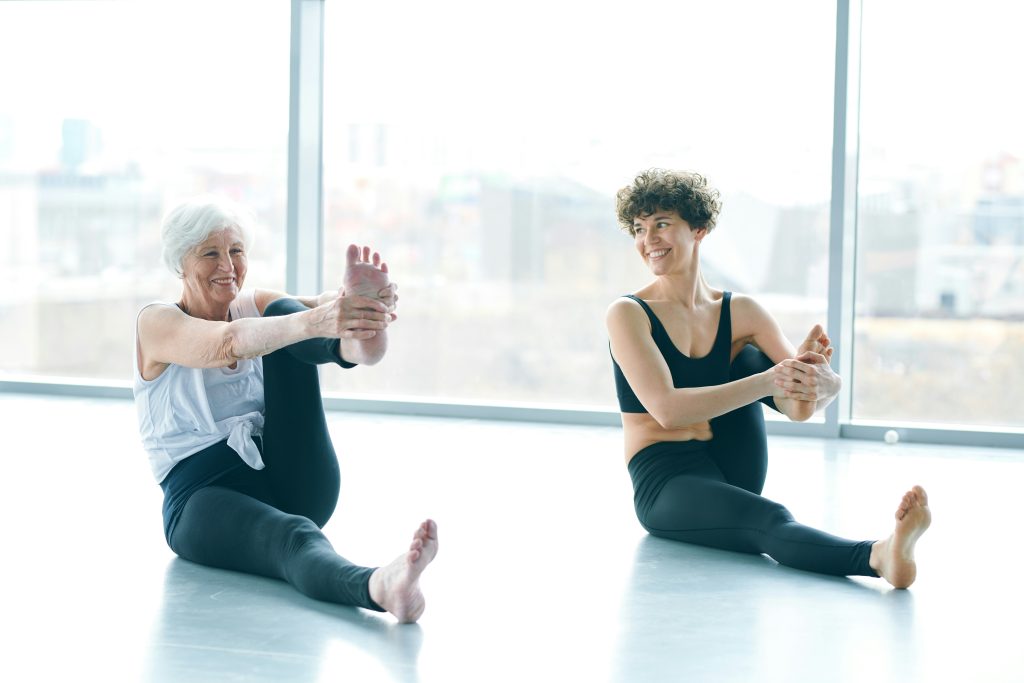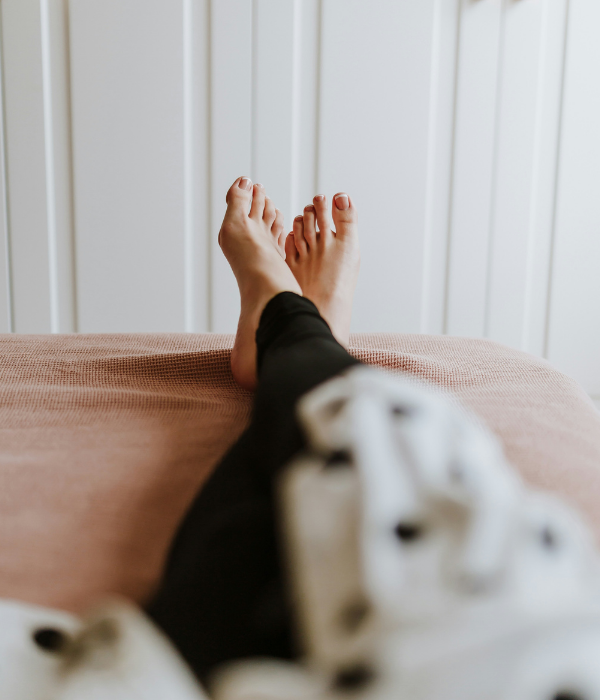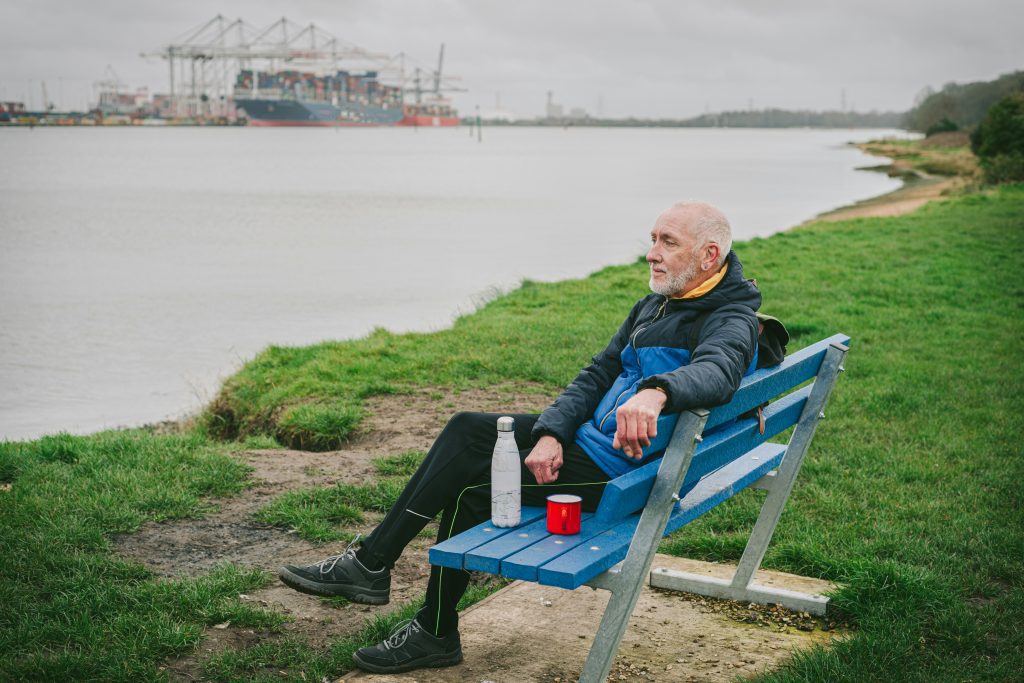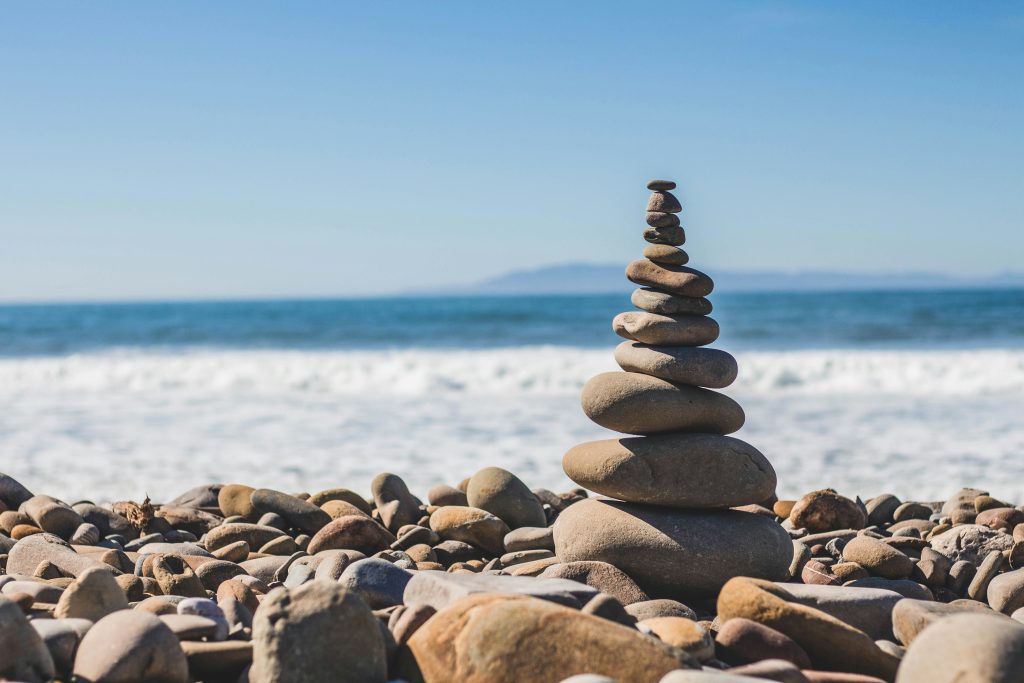Exercise and rebuilding movement are the cornerstones of 99% of rehabilitations, and it’s very tempting to focus on the “doing” part of that – the stretches, strengthening, and muscle retraining. But an equally important part of recovery isn’t found in the movement – it lies in what comes afterwards: rest, relaxation, and recovery. The right balance between effort and downtime is essential, for your comfort as you recover and retrain your body, and for building the long-term resilience that we’re trying to regain.
In this post, we’ll explore why recovery matters as much as the movement, what happens inside your body when you push yourself physically, and practical ways to support both your body and your brain in the healing process.
Why do muscles feel sore after exercise?
If you’ve ever woken up the day after a new workout feeling stiff and achy, you’ve experienced what’s known as delayed onset muscle soreness (DOMS). This usually appears between 24–48 hours after a session, particularly if the activity was more intensive than usual.
When we use our muscles repeatedly, they produce lactic acid as part of the energy cycle. This build-up, combined with microscopic muscle fibre strain, creates the familiar feeling of tightness and fatigue. It’s a natural process, but it can be uncomfortable and even put people off exercising again!
At the same time, exercise triggers a rush of endorphins and serotonin – the so-called ‘happy hormones’ that boost your mood and energy levels. This natural high can tempt us to keep pushing harder, even when our body is asking for rest. That’s where that balance is needed.

Why rest is essential
Recovery is not “doing nothing”. It’s an active process where your body restores that balance. Improved blood circulation helps wash away the by-products of muscle activity, reduces stiffness, and promotes healing. If you don’t give yourself enough recovery time, your muscles stay tight, your joints feel restricted, and your physical progress slows right down
The same applies to your brain. Neurophysiotherapy involves retraining the brain and nervous system, which requires concentration and repeated practice. This mental effort can lead to fatigue, headaches, or difficulties with focus. Giving your brain time to process what it has learned is just as important as giving your muscles a break.
Practical recovery tips after exercise
Supporting your body immediately after exercise can make the recovery phase smoother and more comfortable. Here are some tried and tested approaches:.
- Have a warm bath or shower – a soak with Epsom salts, or simply enjoying a warm shower, relaxes the muscles and encourages circulation.
- Supplements – magnesium supports muscle relaxation, while turmeric has natural anti-inflammatory properties that may reduce post-exercise soreness.
- Gentle movement – it might sound like the opposite of rest, but light activity such as walking or gentle cycling helps ease stiffness and keeps blood flowing. Stretching out the muscles you’ve been working can also help.
- Mental recovery – if you feel mentally tired, allow yourself quiet time. Lying in a restful position, listening to calming music, or taking a short nap can reduce fatigue and consolidate what your brain has been working on.

How to avoid overtraining
One of the best ways to prevent soreness is to build up gradually. If you jump straight into high-intensity training and expect too much of yourself, the risk of muscle soreness and fatigue is much higher. Instead, increasing the intensity little by little gives your body the chance to adapt and learn how you want it to develop.
A good physiotherapist will always guide you through safe progressions and help you identify your stronger and weaker areas. This mindful approach will make sure you’re challenged enough to improve, but not pushed to the point of discomfort or damage.
A recommended weekly approach
To create a routine you can stick to, it helps to alternate types of the types of activity and recovery you choose. Here’s a simple structure:
- Daily – gentle stretching to maintain muscle length and mobility.
- Every other day – strengthening exercises, alternating between different muscle groups so you don’t overwork the same area.
- Listen to your body – if you’re recovering well, gradually increase intensity or explore more targeted training. Blending general strengthening with specific exercises can help you progress.
Stick to this pattern, and you’ll avoid burnout, and give your muscles and brain the chance to grow stronger with each session.
Individual recovery needs

It’s worth remembering that your recovery is highly personal to you. Factors such as your overall fitness, the type and intensity of activity, and even your lifestyle habits all influence how quickly you bounce back. Some people feel ready for another workout the next day, while others need a bit longer. Both are normal.
The key is to tune into your body’s signals. Muscle soreness, fatigue, or dips in concentration are reminders that recovery time is needed. Respecting those signals helps you stay consistent in the long run.
Progress over perfection
When you balance effort properly with recovery, something wonderful happens. Within just a few weeks, you’ll probably notice improvements in your muscle strength, flexibility, and energy levels. You’ll also become more aware of your personal “optimum recovery regime” – the combination of rest, activity, and support strategies that work best for you.
Most importantly, you’ll feel encouraged by your results rather than held back by soreness or fatigue. That motivation makes it easier to keep going, and consistency is where the real progress happens.
Equal partners
Exercise is only half the story. Recovery and relaxation are not indulgences, or ‘being lazy’ – they are essential parts of the process. By treating rest as an equal partner to effort, you’ll reduce discomfort, prevent setbacks, and give both your body and brain the space they need to grow stronger.
So next time you finish a workout or a therapy session, don’t just think about what you’ve achieved.
Think also about how you’ll recover. Run that warm bath, go for a gentle walk, or simply lie back with some calming music. In doing so, you’re not slowing down your progress – you’re powering it forward.

Thank you for being here and for taking the time to get to know me. I look forward to meeting you and walking alongside you on your path to recovery. See you soon!
Contact us to find out how Neuro Physio Direct can take you on your recovery journey

